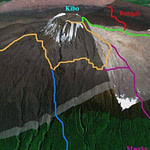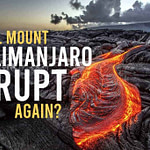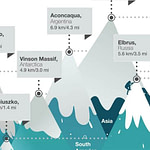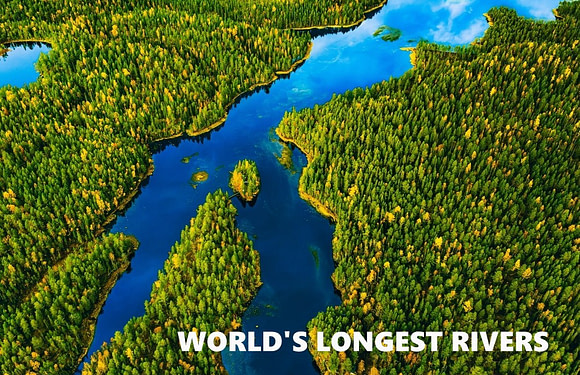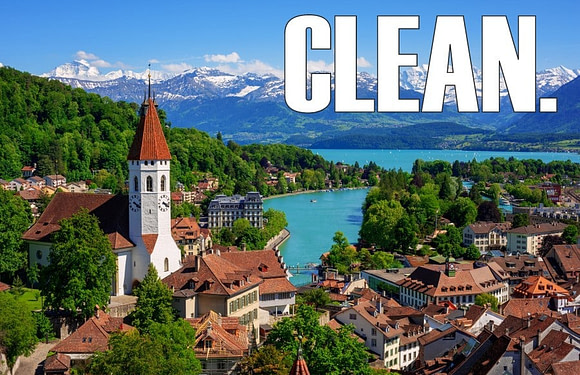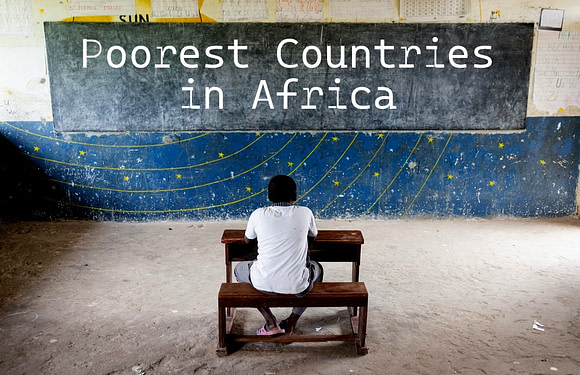
Most of the hottest nations are in the tropics, clustered near the equator or within vast desert belts.
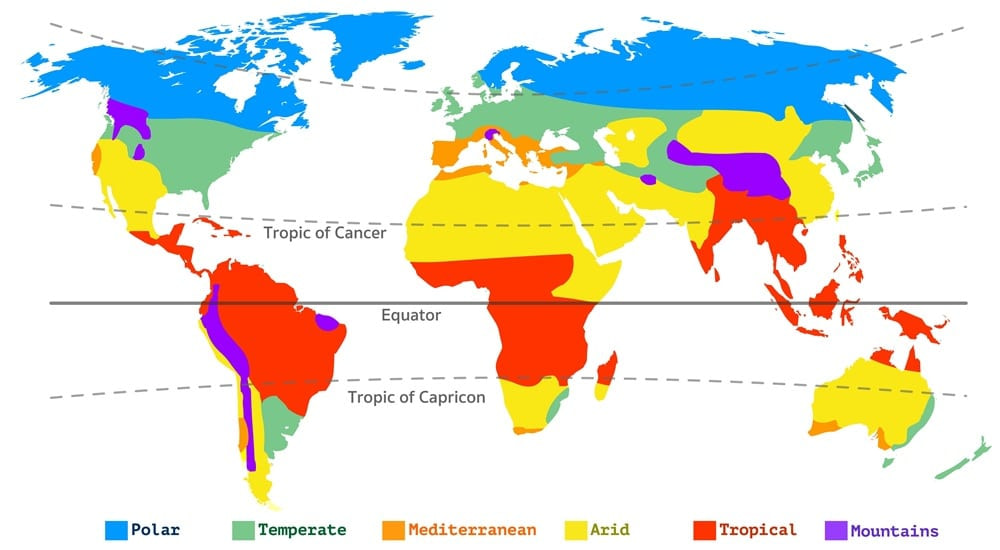
These regions receive the sun’s rays almost directly overhead year-round. As a result, they experience consistently high solar radiation and little seasonal variation in daylight.
Other factors amplify heat. Deserts far from oceans heat rapidly under clear skies, while low-lying basins trap hot air with little relief. Tropical islands may not see extreme highs, but high humidity makes heat oppressive. Together, these conditions explain why the hottest countries endure average annual temperatures well above 80°F (27°C).
Here are the ten hottest countries in the world, ranked by average yearly temperature.
Hottest Countries in World (2025)
| Rank | Country | Avg Temp (°F) | Avg Temp (°C) | Record Low (°F) | Record Low (°C) |
|---|---|---|---|---|---|
| 1 | Mali | 83.9 | 28.8 | 120.9 | 49.4 |
| 2 | Burkina Faso | 83.6 | 28.7 | 115.5 | 46.4 |
| 3 | Senegal | 83.5 | 28.6 | 118.4 | 48 |
| 4 | Tuvalu | 83.5 | 28.6 | 99.5 | 37.5 |
| 5 | Djibouti | 83.3 | 28.5 | 115 | 46.1 |
| 6 | Mauritania | 83.2 | 28.4 | 123.1 | 50.6 |
| 7 | Bahrain | 82.8 | 28.2 | 118.9 | 48.3 |
| 8 | Palau | 82.8 | 28.2 | 95.9 | 35.5 |
| 9 | Qatar | 82.7 | 28.2 | 122 | 50 |
| 10 | Gambia | 82.6 | 28.1 | 117 | 47.2 |
The 10 Hottest Countries in the World (2025)
1. Mali
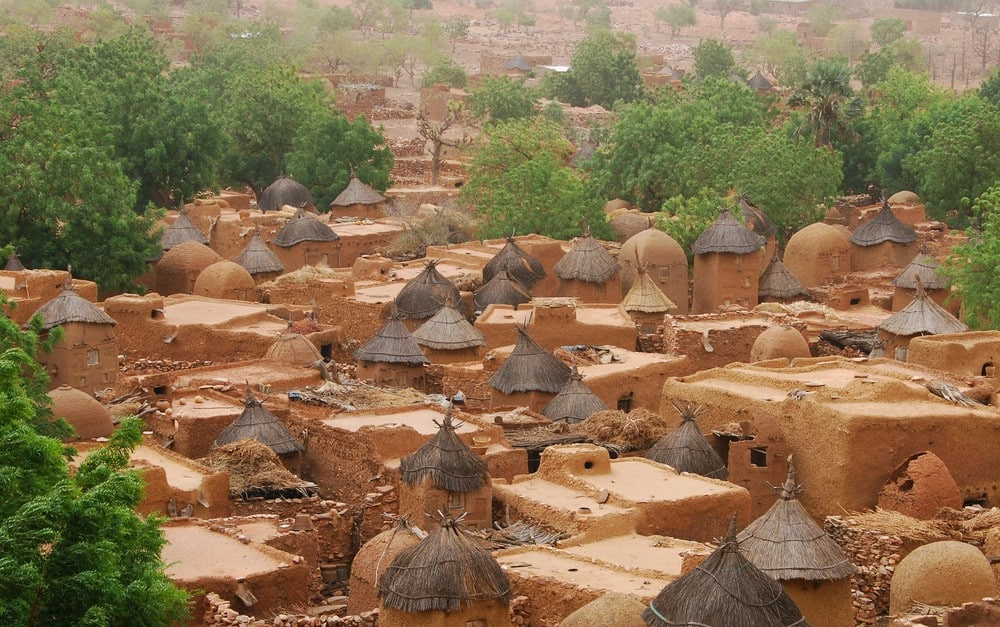
Average annual temperature: 83.9°F (28.8°C)
Mali is the hottest country in the world by average temperature. Much of its territory lies within the Sahara Desert, where daytime highs often exceed 115°F (46°C). Rainfall is sparse and confined to a short summer season. For the rest of the year, the landscape is parched.
Timbuktu, once a legendary center of trade and scholarship, stands at the heart of this heat. Caravans historically crossed the Sahara here with camels, animals uniquely adapted to survive without water in the desert’s searing sun. Today, sandstorms often sweep through the region, cutting visibility and worsening already brutal conditions.
Despite the extremes, the Niger River provides a lifeline. It supports farming, fishing, and settlements in a country otherwise dominated by sunbaked desert. Mali also contains Djenné’s Great Mosque, the largest mud-brick structure in the world, designed to stay cool in the relentless sun.
2. Burkina Faso

Average annual temperature: 83.6°F (28.7°C)
Burkina Faso sits in the Sahel, the hot transitional belt between the Sahara Desert and tropical savannah. Daytime temperatures frequently top 110°F (43°C). The Harmattan, a dry wind blowing south from the Sahara, carries red dust that coats entire towns during the dry season.
Crops like millet and sorghum dominate farming because they can withstand long droughts and searing sun. Life revolves around the rhythm of the seasons – fields crack under intense heat for much of the year, then spring into life during brief rains.
Burkina Faso is also home to FESPACO, one of Africa’s largest film festivals, hosted outdoors despite the punishing heat. This blend of cultural vibrancy and climatic challenge defines the nation’s resilience.
3. Senegal
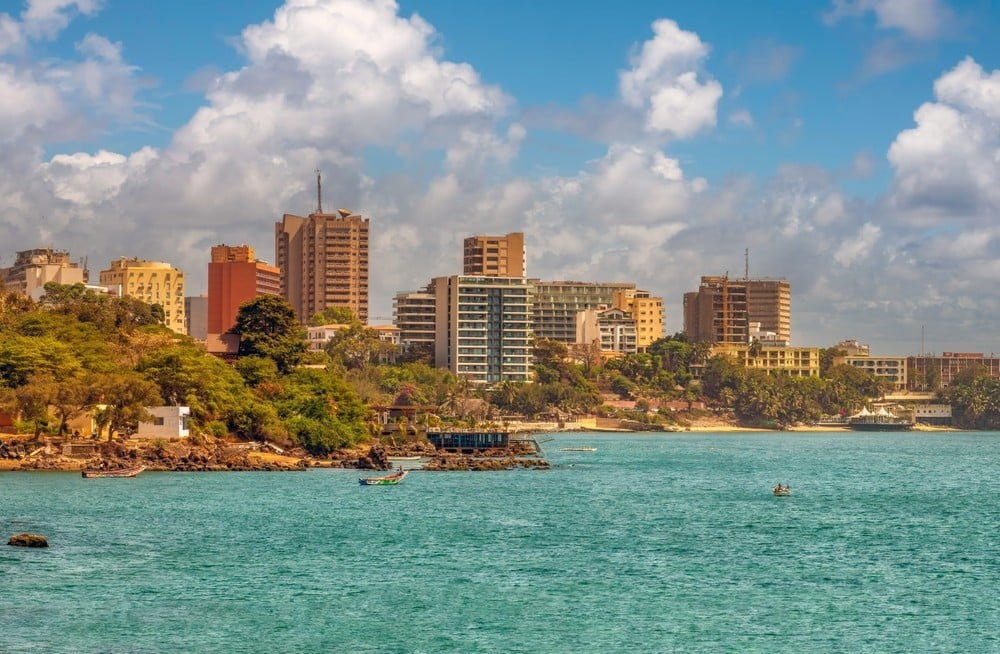
Average annual temperature: 83.5°F (28.6°C)
Senegal experiences a tropical climate. Inland areas are dry and scorching, while coastal cities like Dakar are moderated slightly by Atlantic breezes. Still, summer highs above 100°F (38°C) are common.
Saint-Louis, a UNESCO World Heritage site, suffers from both extreme heat and rising seas. However, it remains a cultural hub, with colorful fishing boats crowding its shoreline. Baobab trees dot the landscape, offering shade and storing water in their massive trunks.
Senegal also gave its name to the Dakar Rally, one of the world’s toughest endurance races, born from the country’s harsh desert climate. Wrestling (laamb), the national sport, is held outdoors in sandy arenas, showcasing how life carries on in blistering heat.
4. Tuvalu
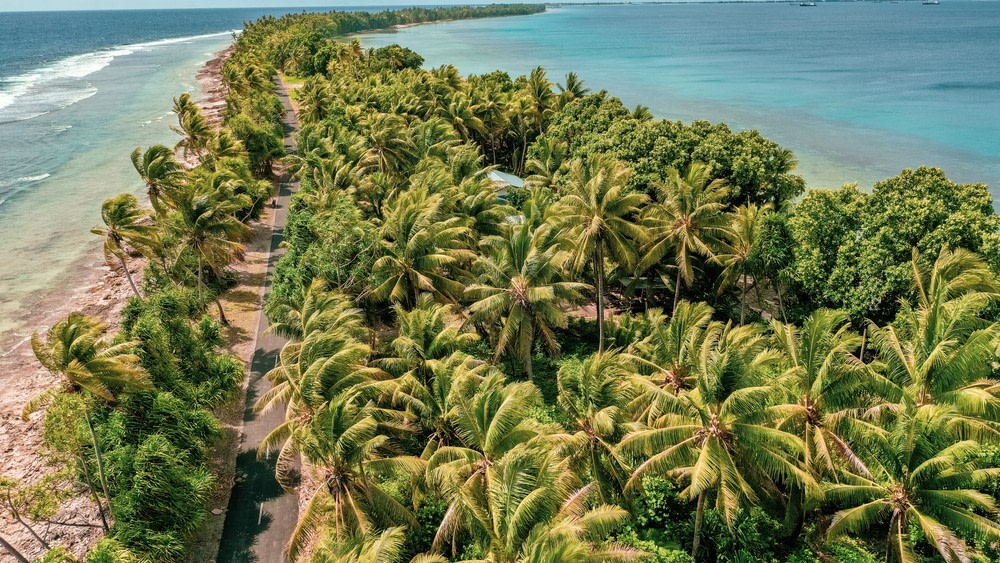
Average annual temperature: 83.5°F (28.6°C)
Tuvalu is one of the hottest countries outside Africa. Located in the Pacific Ocean, this island nation experiences constant tropical heat, with average temperatures in the 80s year-round. Unlike desert climates, Tuvalu’s heat is paired with high humidity, making conditions oppressive.
The country’s low-lying atolls rise only a few feet above sea level. Space is so limited that the airport runway doubles as a playground and community gathering spot. With groundwater too saline to drink, every home depends on rainwater collection tanks.
Though temperatures rarely exceed 100°F (38°C), the lack of variation makes the climate stifling. Combined with rising seas, Tuvalu faces an existential challenge. It is among the most vulnerable nations on Earth to both heat and climate change.
5. Djibouti
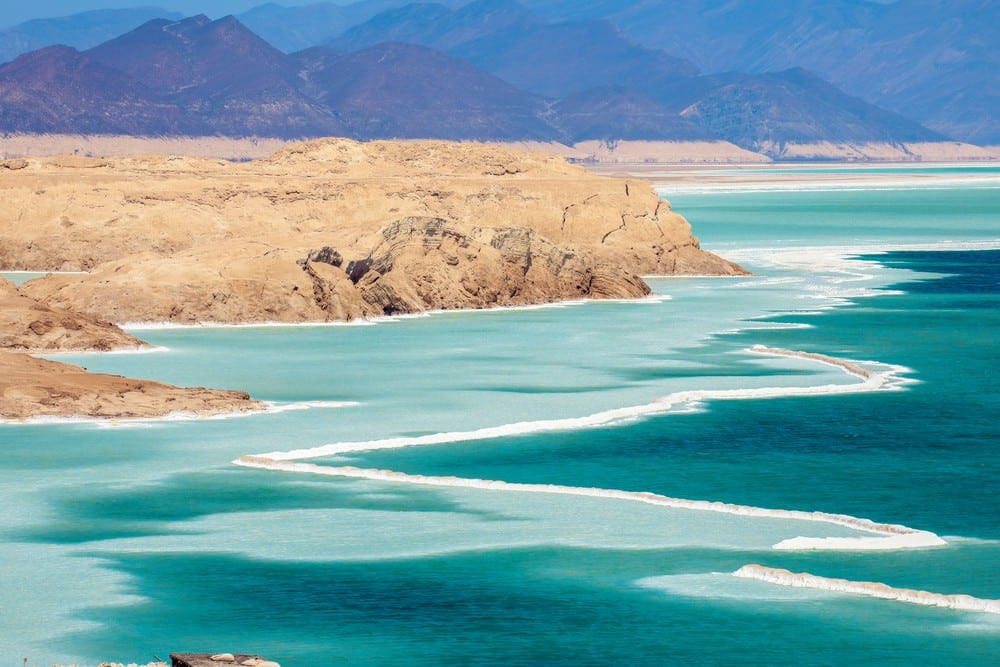
Average annual temperature: 83.3°F (28.5°C)
Djibouti, in the Horn of Africa, is one of the hottest and driest inhabited places in the world. Its desert climate produces extreme conditions, especially in low-lying areas like Lake Assal, which sits 509 ft (155 m) below sea level. Here, summer temperatures often exceed 115°F (46°C).
The Afar Triangle, part of the East African Rift, is considered one of the most inhospitable inhabited regions on Earth. Yet Djibouti is strategically vital. It hosts military bases for the U.S., France, and China, all operating in desert conditions where summer heat is unrelenting.
Salt harvesting at Lake Assal is one of the few industries possible in such a climate. Djibouti remains a key global shipping hub at the entrance to the Red Sea, showing how geography and heat combine to shape national importance.
6. Mauritania
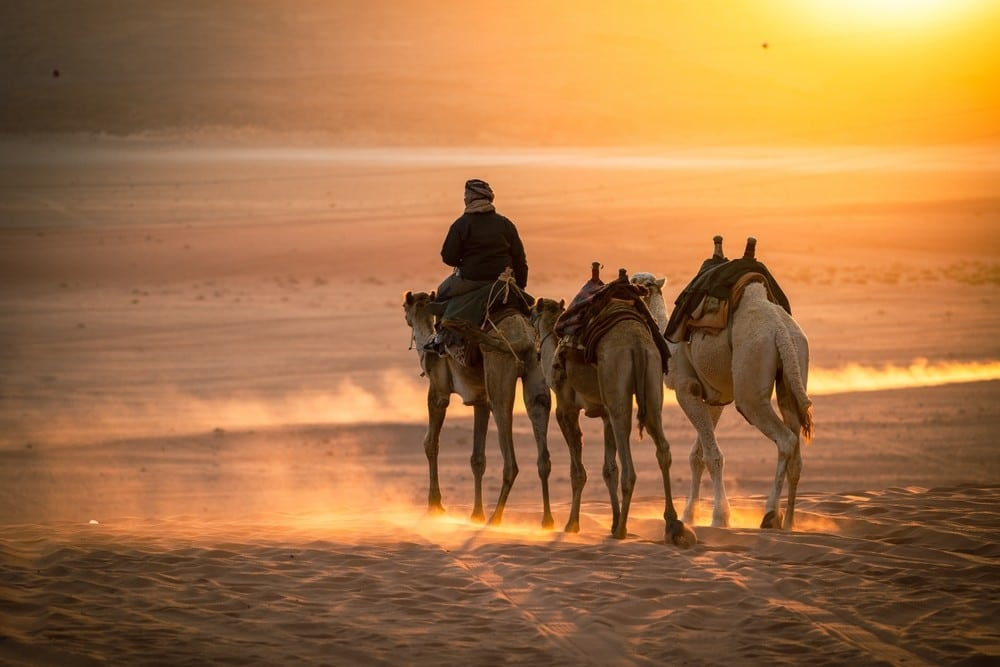
Average annual temperature: 83.2°F (28.4°C)
Mauritania is dominated by the Sahara Desert. The interior experiences highs above 120°F (49°C) in summer, while coastal Nouakchott is somewhat moderated by Atlantic breezes.
The Richat Structure, known as the “Eye of the Sahara,” is one of the most striking geological features on Earth. Visible from space, it draws scientific interest and symbolizes Mauritania’s vast desert landscape. Iron ore trains, stretching more than a mile long, cross the desert here in brutal heat to reach the coast.
Traditional nomadic life persists, with Bedouin tents and camel caravans adapted for desert survival. At the same time, modern mining and fishing industries form the backbone of the economy in a country defined by sand and sun.
7. Bahrain
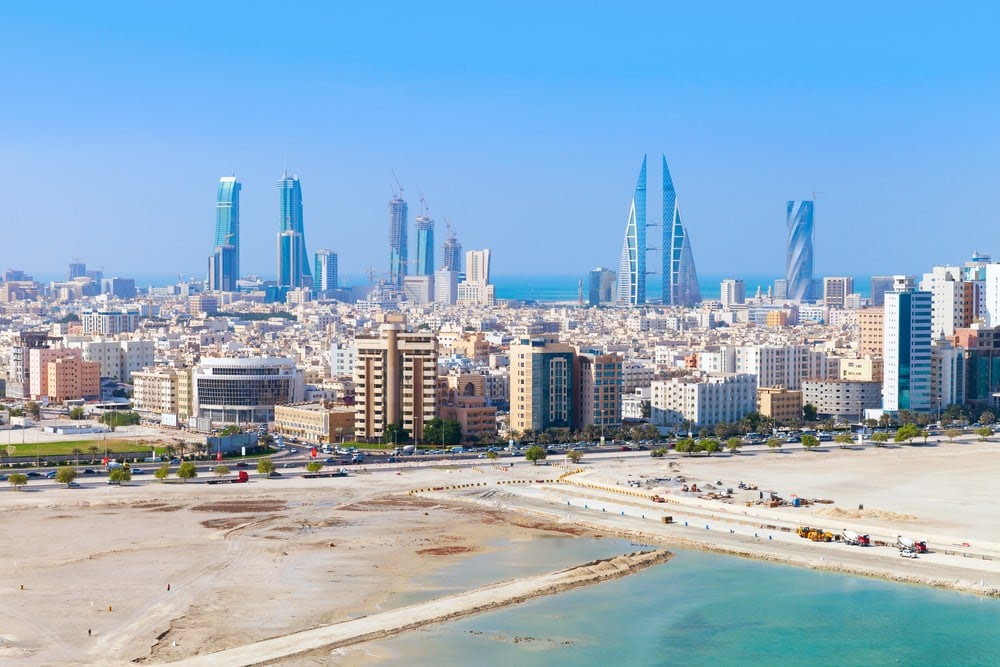
Average annual temperature: 82.8°F (28.2°C)
Bahrain is a small island nation in the Persian Gulf with an extremely hot desert climate. Summers are long and humid, with daytime highs above 115°F (46°C). Humidity raises heat indexes to dangerous levels.
Before oil wealth transformed the nation, pearl diving sustained Bahrain’s economy. Divers worked in extreme heat, often without modern equipment, to retrieve pearls from the Gulf. Today, Formula 1 racing is held in Bahrain, often at night, to avoid the hottest daytime hours.
Traditional wind towers, used in old houses, once provided natural cooling by channeling breezes indoors. Modern Bahrain, however, relies heavily on air conditioning to keep pace with the desert heat.
8. Palau
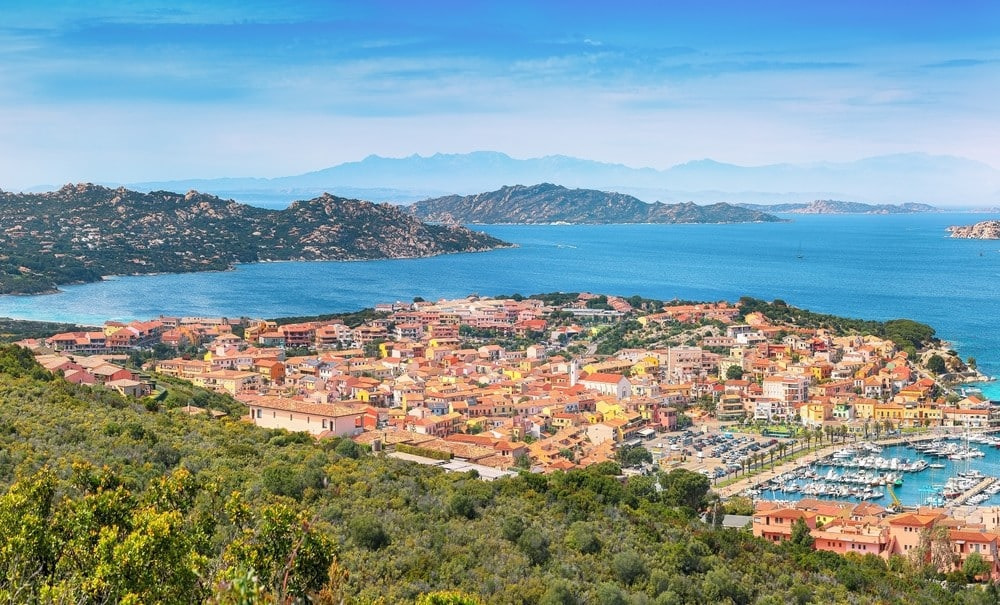
Average annual temperature: 82.8°F (28.2°C)
Palau, in the western Pacific, has a tropical rainforest climate. Temperatures remain in the 80s year-round, but high humidity makes the heat heavy and unrelenting.
Unlike desert nations, Palau’s heat is tempered by frequent rainfall. Still, residents live in perpetual summer. Fishing, farming, and tourism dominate the economy. Palau is famous for its Rock Islands and coral reefs, making it one of the world’s premier diving destinations. It became the first country to ban reef-damaging sunscreens.
Traditional stone money reflects Palau’s unique culture, while modern Palau balances tourism with protection of its fragile ecosystem. Heat and humidity define daily life, but the nation has carved out a role as both a tropical paradise and a leader in conservation.
9. Qatar

Average annual temperature: 82.7°F (28.2°C)
Qatar is one of the hottest nations in the Middle East. Summers are extreme, with highs above 115°F (46°C). Doha holds the record for the highest average summer temperature of any major city. Desert interiors record some of the hottest temperatures on Earth.
To cope, Qatar has developed remarkable infrastructure. Air-conditioned stadiums hosted the 2022 FIFA World Cup, moved to winter to avoid unbearable heat. Doha has even experimented with cooled outdoor “blue streets” for pedestrians.
Wealth has enabled these adaptations, but climate still dictates life. Work hours, construction schedules, and even leisure activities are adjusted around the desert sun. Qatar remains a nation shaped by heat and its ability to engineer around it.
10. Gambia
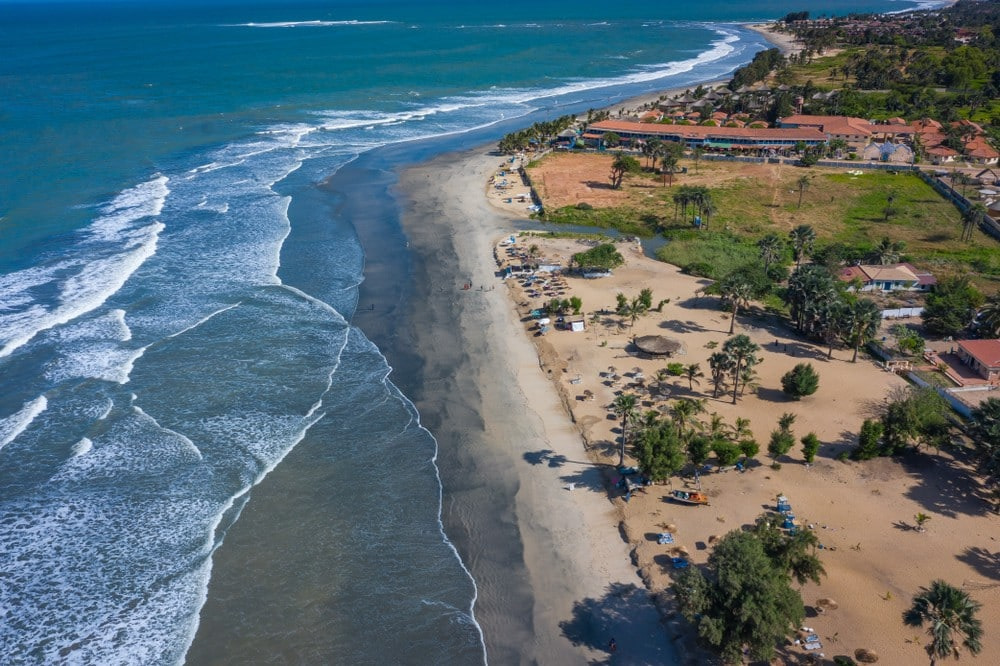
Average annual temperature: 82.6°F (28.1°C)
The Gambia is the smallest country on mainland Africa, but it experiences some of the hottest average temperatures. Inland regions bake under dry heat, while the coast is hot and humid.
The Gambia River is the nation’s lifeline, supporting farming and fishing. Markets and festivals thrive despite the heat, and the country is known for its vibrant music culture. Kora players, using the traditional harp-lute, perform outdoors in the sweltering sun as part of the nation’s social fabric.
Nicknamed the “Smiling Coast of Africa,” The Gambia shows how culture and community endure under relentless heat. Its mix of desert-like inland and humid coast makes it one of Africa’s hottest nations by average temperature.
Is the World Getting Warmer?
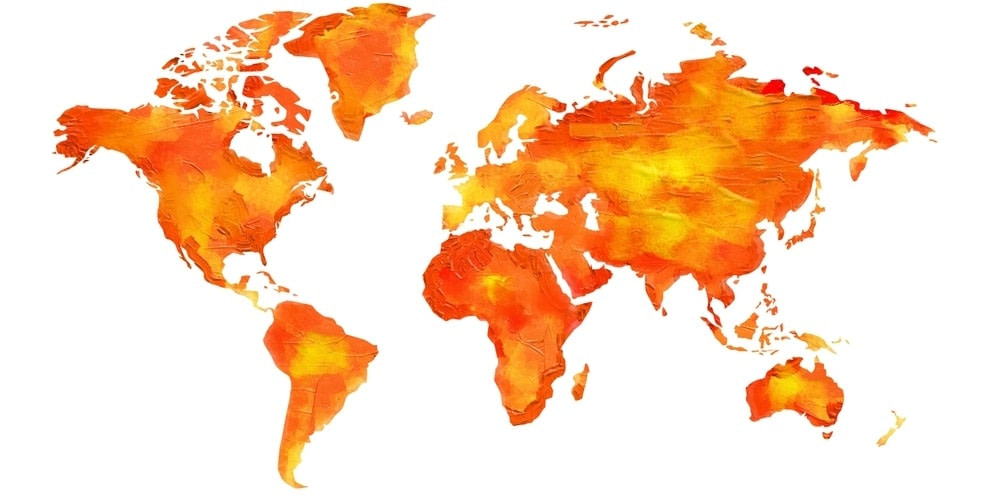
Yes. Scientific evidence shows the world is warming at an accelerating pace.
According to NASA and NOAA, the Earth’s average surface temperature has increased by about 2°F (1.1°C) since the late 19th century. The last decade has been the warmest on record.
The impacts are visible in both the coldest and hottest countries. Arctic permafrost is thawing, destabilizing infrastructure. Low-lying islands like Tuvalu face rising seas combined with relentless heat. Deserts such as the Sahara are expanding southward, while tropical regions experience record humidity and flooding.
The warming is not uniform. Polar regions are heating fastest, with the Arctic warming at more than twice the global average. Glaciers and ice sheets are shrinking, sea levels are rising, and extreme weather events are becoming more frequent. Heat waves now last longer and strike harder across many regions.
The cause is clear. Rising concentrations of greenhouse gases, especially carbon dioxide, trap heat in the atmosphere. Human activities such as burning fossil fuels, deforestation, and industrial agriculture are driving these changes.
How Does the United States Compare?
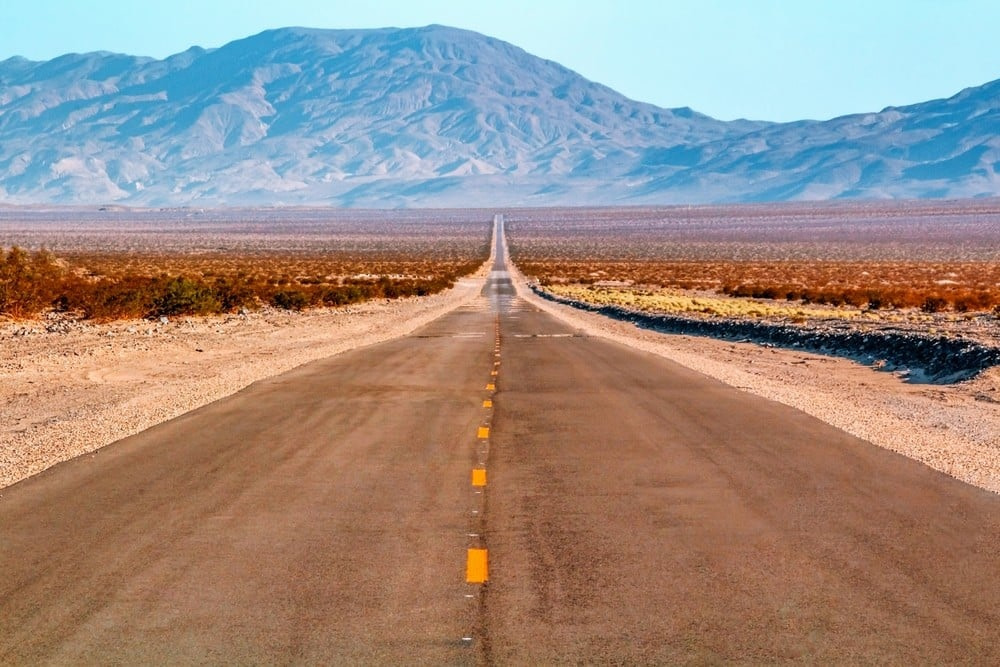
The United States does not rank among the hottest countries overall, but its deserts are among the hottest inhabited places on Earth.
Death Valley, California, holds the highest reliably recorded temperature in the world at 134°F (56.7°C) in 1913. It also reached 130°F (54.4°C) as recently as 2020. Phoenix, Las Vegas, and other Southwestern cities endure months with daytime highs above 100°F (38°C), combining desert heat with urban heat island effects.
Elsewhere in the U.S., climates are much cooler, bringing the national average to 52.7°F (11.5°C). Like the coldest countries, the U.S. contains both extremes – hosting some of the hottest deserts and some of the coldest Arctic regions within one nation.
How Does Tanzania Compare?
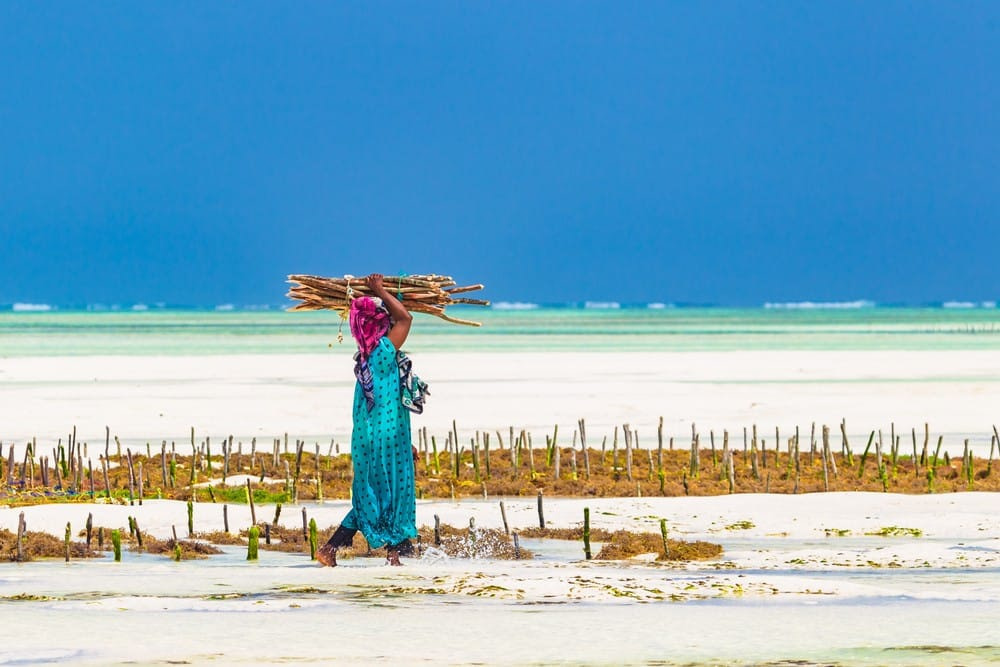
Tanzania is not among the hottest countries by national average, but its lowland regions experience intense heat. Coastal Dar es Salaam and Zanzibar often record daytime highs above 95°F (35°C) with high humidity, making conditions oppressive. The country’s inland plains, such as around Dodoma, also endure long, hot dry seasons.
Yet Tanzania also contains one of the coldest environments in tropical Africa: Mount Kilimanjaro. At 19,341 ft (5,895 m), its summit remains below freezing year-round. Nighttime temperatures often fall below –20°F (–7°C), creating an arctic environment at the equator. Climbers pass through rainforest, alpine desert, and finally an icy summit zone in a matter of days. Kilimanjaro’s glaciers, however, have retreated by more than 80% in the last century and are projected to vanish within decades if warming trends continue.
This contrast, sweltering lowlands and a frozen summit, makes Tanzania unique. It shows how altitude alone can create extreme cold, even in one of the hottest regions of the world.
























